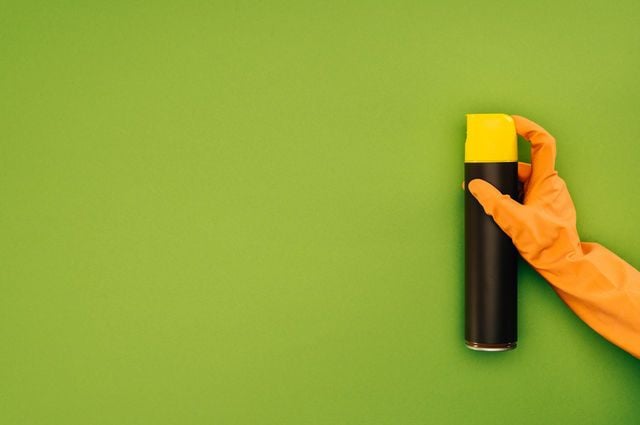Hygiene and Sustainability: How to make both work?
17 experts shared their view
Just when it seemed as if single-use plastics were slowly becoming a thing of the past, COVID-19 hit the industry. The second half of 2019 had seen more and more industry leaders making public pledges to abandon a product group that had become the infamous representative of an old and immoral, linear economy.
A few months later, the former sustainability arch-enemy is experiencing a massive comeback as a hygiene hero. COVID-19 and the fear of future pandemics are radically challenging recent approaches to product circularity/re-use by imposing enhanced hygienic standards. Keeping a strong position against single-use items might impose dramatic acquisition costs and operational distress on businesses slowly recovering from their liquidity breakdown.
Whilst pondering the reputational risk of violating hygiene law on the one side and diminished sustainability efforts on the other, the former is likely to turn up trumps.
The battle for sterility might be won by detergents containing ingredients unlikely to biodegrade in wastewater. Laundry services might cause more emissions due to an average increase of the washing temperature.
Where lies the sweet spot between hygiene rule compliance and sustainability? Must there be a trade-off? Are there Best Practices to share?
Hygiene is self-speaking at the top of the agenda in these times. The target – and many hotels started to follow it – was so far to find the best possible balance between fulfilling all legal obligation (like international Health & Safety or Food Safety Standards) and avoiding the potential negative impacts for employees, guests, and the environment without increasing the respective operational cost.
Now, the COVID-19 pandemic affected this trend tremendously. Is this really necessary or overdoing? I asked a real lifetime expert, Maria Valerga, who is working in the field of Hygiene & Sustainability in hotel operation for more than 20 years. Here is her interesting answer: “Faced with the COVID-19 threat, there is tremendous pressure to use toxic disinfectants, despite the availability of safer products, and there is a massive return to single-use materials (e.g. disposable masks, gloves, aprons, etc). This cannot be avoided completely, but many hotels approach this aspect by over-exaggerating the reactive response – not by mistake, but mainly by not knowing the best practice approaches and because the issued hygiene protocols do not provide the residents of each state with information on safer practices and products for preventing exposure to COVID-19 without toxic chemicals and the overuse of single-use protecting materials. WHO, CDC, ECDC organizations clearly announced that soap and water can destroy the coronavirus. Is it really necessary to use so much disinfection and especially Chlorine, a substance that is harmful to the respiratory system of the staff and guests making them even more vulnerable to the virus?
Also, Chlorine destroys and discolours surfaces. In the case of COVID-19 we have measures of protection—both practices and products—that can protect us without using toxic products that increase risk factors. Simple methods like hot steam cleaning or natural-based substances with active ingredients like Ethanol, Isopropanol, Hydrogen Peroxide for cleaning surfaces being touched very often. What we need to understand is that every hotel area and surface needs a special cleaning agent, method and program in order to safeguard the real hygiene standards based on the following four pillars that actually address the safety requirements of today without jeopardizing the people and the planet´s health:
- Products (Cleaning agents and disinfections) selection: Compatibility with the required European Legislation (e.g. REACH, BPR EU 528/2012, EN15000 ), eco-label, ready to use product or concentrated through automatic dosage system, type of packaging, etc.
- Product´s use: The proper product/hotel area based on surfaces, ventilation, frequency in use, etc., quantity, with what equipment (reusable, recyclable, microfibers, steam machines, etc.), need for water and energy use, protective measures, etc.
- Storage: Where and how to secure safe conditions for the establishment and the people and minimizing the possibility of wasting them
- Waste management: Handling of the empty packaging/recycling, chemical residuals
The combination of the above pillars with practical guidelines, staff respective training, and control can contribute towards a safe and sustainable cleaning and hygiene in the hotel sector that serves all three needs: The health of employees, guests, and this planet."


